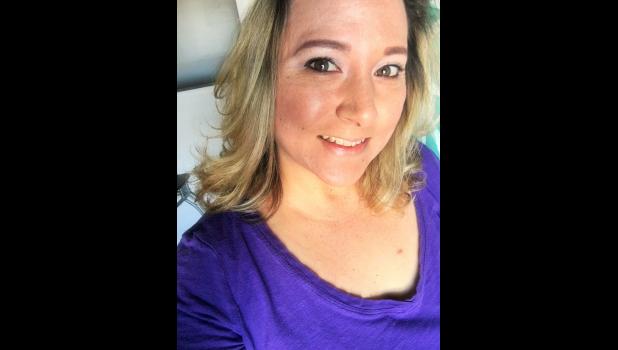Health Habits: Planting the Seed
At this point, we are all dreaming of warmer weather and looking forward to spring. If you’re anything like me, you’re already looking through seed catalogs or planning out your vegetable garden. Growing vegetables is an important step in understanding and appreciating where food comes from. The reason I choose to grow my own vegetables and buy organic vegetables from Cameron’s very own Thistledown Gardens is to reduce my Foodprint. What is a Foodprint? It is everything it takes to get your food from the farm to your plate. There are many steps in the process of putting food on our plates that are “invisible” and forgotten. These steps include the growing and feeding processes, harvesting, packaging, transportation of food, and the welfare of the workers and surrounding communities.
Gardening can be rewarding and helpful in encouraging the consumption of more plant foods. The acts of watering, weeding, and harvesting help you develop a connection with the food you eat. People who take part in gardening tend to be more open to trying new foods. To get started, you need a plan. Take a look around your living space; inside and out. Where do you have space to plant? If it’s in your windowsill, do you have enough sunlight? Is the designated area in your yard on a hill? Do you need to conduct a soil test? If so, they can easily be purchased online. Once you’ve determined where you want to plant your garden, consider how much time, money and effort you want to put into it. Next, decide what vegetables or fruit you’re willing to eat. Also, check the plant hardiness zone map to be sure your chosen foods will thrive. These are some of the things that will help you get started. Ask your green-thumbed friends or family members for help.
The previously mentioned steps are the ones I followed when I started my garden. My love for vegetables and fresh herbs grew with each passing year. My knowledge of farming practices grew and I became interested in growing organic vegetables. I also found out that Cameron has it’s very own organic farm, called Thistledown Gardens. Dustin and Jennifer Ensign take pride in their organic farming practices, which contribute to better health. Everything we eat is broken down and assimilated into our bodies; this includes pesticides, herbicides, and fertilizers. Interesting fact: sprays used on vegetables and fruit can get inside and some are actually designed to penetrate the food to prevent pests from eating it. Such is the reason I try hard to keep my garden organic and buy from Thistledown Gardens.
If you’re unable to grow your own food, sign up with your local CSA (Community Supported Agriculture), join a community garden, or purchase organic at the store. Understandably, it’s not always possible to buy organic or plant a garden. When you purchase non-organic foods, it would be beneficial to wash and scrub fruit and vegetables well. Above all else, eat more whole foods for health improvement. To learn more about your Foodprint, check out Foodprint.org.

